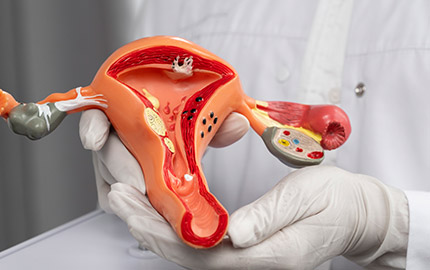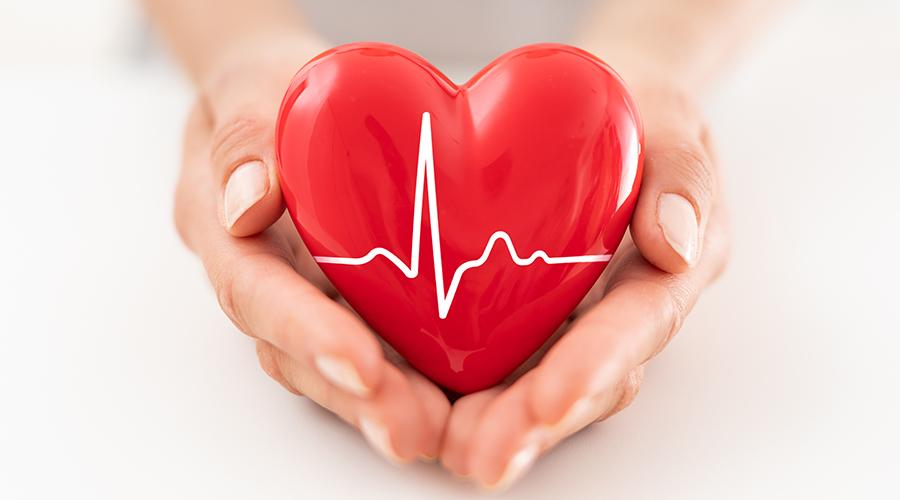Understanding the Difference Between Cardiac Arrest and Heart Attack: What You Need to Know
Introduction:
In the realm of heart health, terms like "cardiac arrest" and "heart attack" are often used interchangeably, but they actually refer to different conditions with distinct causes, symptoms, and outcomes. Knowing the difference between the two can be crucial for recognizing symptoms, seeking appropriate medical attention, and preventing life-threatening situations. In this comprehensive guide, we'll break down the disparities between cardiac arrest and heart attack in simple terms.
1. Cardiac Arrest vs. Heart Attack: What's the Difference?
- Cardiac Arrest:
- Occurs suddenly and unexpectedly.
- Results from an electrical malfunction in the heart that causes it to stop beating effectively.
- Leads to a sudden loss of consciousness and absence of pulse.
- Requires immediate CPR and defibrillation to restore normal heart rhythm.
- Can be fatal if not treated promptly, often within minutes.
- Heart Attack:
- Develops gradually, typically due to a blockage in one or more coronary arteries.
- Results from reduced blood flow to a part of the heart muscle, leading to tissue damage.
- Symptoms may include chest pain or discomfort, shortness of breath, nausea, and fatigue.
- Does not necessarily cause sudden loss of consciousness or pulse.
- Requires timely medical intervention to prevent further damage to the heart muscle.
2. Understanding the Causes and Risk Factors:
- Cardiac Arrest:
- Common causes include underlying heart conditions such as coronary artery disease, abnormal heart rhythms (arrhythmias), and structural abnormalities.
- Risk factors include a history of heart disease, family history of sudden cardiac arrest, smoking, obesity, and drug abuse.
- Heart Attack:
- Caused by the buildup of plaque (atherosclerosis) in the coronary arteries, leading to narrowed or blocked arteries.
- Risk factors include high blood pressure, high cholesterol, diabetes, smoking, sedentary lifestyle, and unhealthy diet.
3. Signs and Symptoms:
- Cardiac Arrest:
- Sudden loss of consciousness
- Absence of pulse or breathing
- No warning signs in many cases
- Heart Attack:
- Chest pain or discomfort (often described as pressure, squeezing, or tightness)
- Pain or discomfort in other areas of the upper body, such as the arms, back, neck, jaw, or stomach
- Shortness of breath
- Nausea, vomiting, or lightheadedness
4. Immediate Actions and Treatment:
- Cardiac Arrest:
- Call emergency services (911) immediately.
- Begin CPR (cardiopulmonary resuscitation) with chest compressions and rescue breaths.
- Use an automated external defibrillator (AED) if available.
- Transfer to the nearest emergency room for advanced medical care.
- Heart Attack:
- Call emergency services (911) without delay.
- Chew and swallow aspirin (if not allergic) to help reduce blood clotting.
- Receive emergency medical treatment, which may include medications to dissolve blood clots (thrombolytics) or procedures such as angioplasty and stent placement.
5. Prevention Strategies:
- Cardiac Arrest:
- Manage underlying heart conditions and risk factors.
- Learn CPR and how to use an AED.
- Avoid excessive alcohol consumption and illicit drug use.
- Consider implantable cardioverter-defibrillator (ICD) placement for high-risk individuals.
- Heart Attack:
- Adopt a heart-healthy lifestyle, including a balanced diet, regular exercise, weight management, and smoking cessation.
- Monitor and manage blood pressure, cholesterol levels, and blood sugar.
- Take prescribed medications as directed by a healthcare professional.
6. Seeking Specialized Care:
- When it comes to heart health, timely and appropriate medical care can make all the difference. If you or a loved one experiences symptoms of cardiac arrest or heart attack, don't hesitate to seek help from qualified healthcare providers. Whether you require emergency treatment or ongoing management of heart conditions, choosing a reputable heart hospital in Nagpur can ensure access to expert care and support.
Conclusion:
By understanding the disparities between cardiac arrest and heart attack, you can empower yourself to recognize warning signs, take preventive measures, and seek timely medical assistance when needed. Remember, proactive management of heart health is key to reducing the risk of life-threatening cardiac events. If you reside in Nagpur or its vicinity, consider accessing the services of a reputable heart hospital in Nagpur for comprehensive cardiac care tailored to your needs and preferences. Stay informed, stay vigilant, and prioritize your heart health for a fulfilling and healthy life.


Comments
Post a Comment